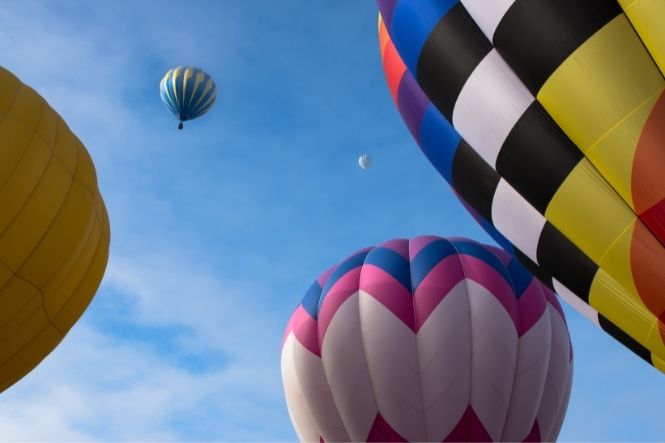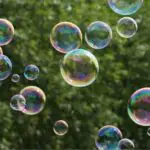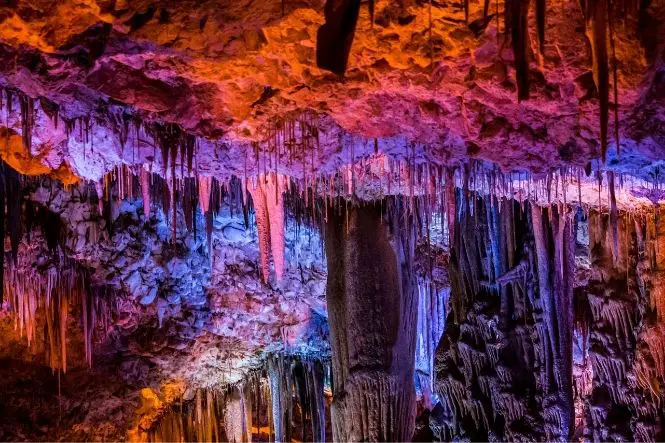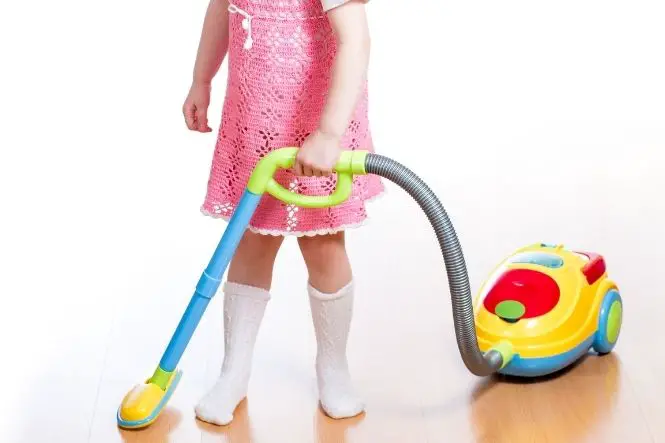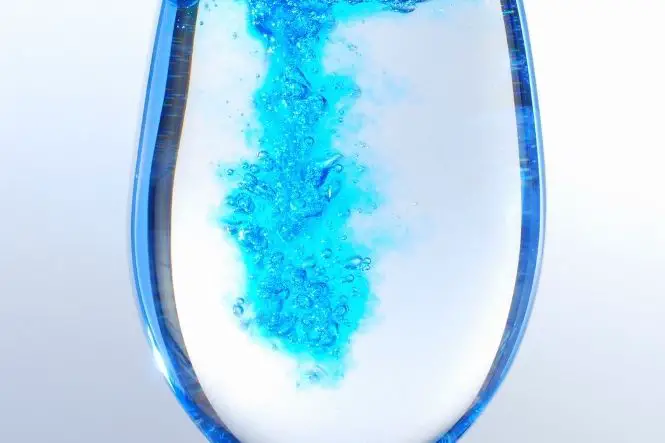Sir Isaac Newton was born in 1643 and died in 1727. He was a physicist, mathematician, astronomer, biologist and chemist. Newton developed three laws of motion, which described how things move in response to forces (things like ‘pushes’ or ‘pulls’). Newton’s Third Law states that, “to every action there is an equal and opposite reaction.”
Table of Contents
Action and Reaction: Balloons In Flight
Blow up a balloon and let it go – what happens? The balloon will shoot around the room until it runs out of air.
The action is the balloon forcing the air out of the straw. The reaction pushes the balloon forwards.
Action and Reaction: Balloon Catherine Wheel
Find a pencil with a rubber on the end, or a piece of dowel. Put a balloon over the long end of a bendy straw and seal it on with insulating tape. Bend the bendy part of the straw so that it is at a right angle, and carefully balance the straw and balloon on a finger to find its middle or balance point, so that the straw stays roughly level. Push a pin through this point, and use it to fix the straw to the rubber end of the pencil, or the end of the dowel.
The right angle bend of the straw should stick out sideways – spin the straw to make sure that it will go round. Hold the pencil or dowel, blow the balloon up through the straw (it will be easier if the balloon has been blown up before) and let the straw go – as the balloon deflates the straw and balloon should spin round on the pin.
The action is the balloon forcing the air out of the straw. The reaction is the push back on the straw, making it spin around the pin.
Action and Reaction: Balloon Racer
Blow up a balloon and tape it to a small toy car with the neck of the balloon facing backwards. Let the car go – how far does it travel? Try it with a small or larger car, or try adding another balloon.
Make a balloon racer by cutting wheels and a base for a car out of a clean polystyrene meat tray. Tape the balloon to the base, and then fix the wheels to the side of the base using pins, blow up the balloon, let it go and see how far the car goes.
The action is the balloon forcing the air out of the straw. The reaction pushes the car forwards.
Practical Uses
Jet engines and rockets work in a similar way to a balloon in flight. When the liquid or solid fuel ignites, it creates a gas. This takes up a much larger volume than the fuel, forcing the gas out of the back of the engine or the bottom of the rocket. The action is the gas being forced out. The reaction pushes the plane forwards or the rocket upwards.
Hovercraft also use action and reaction – an engine forces air downwards to lift the hovercraft up above the air or water, and another forces air backwards to push the hovercraft forwards.

